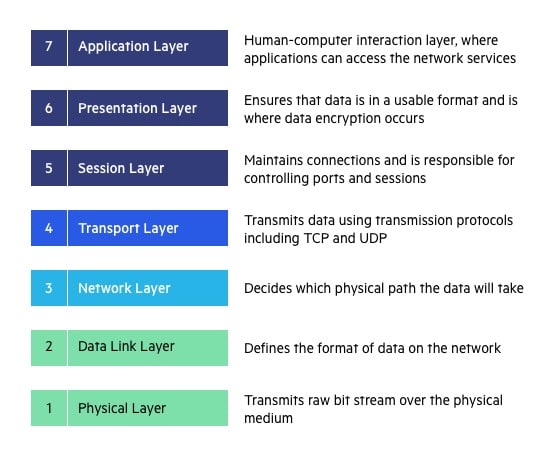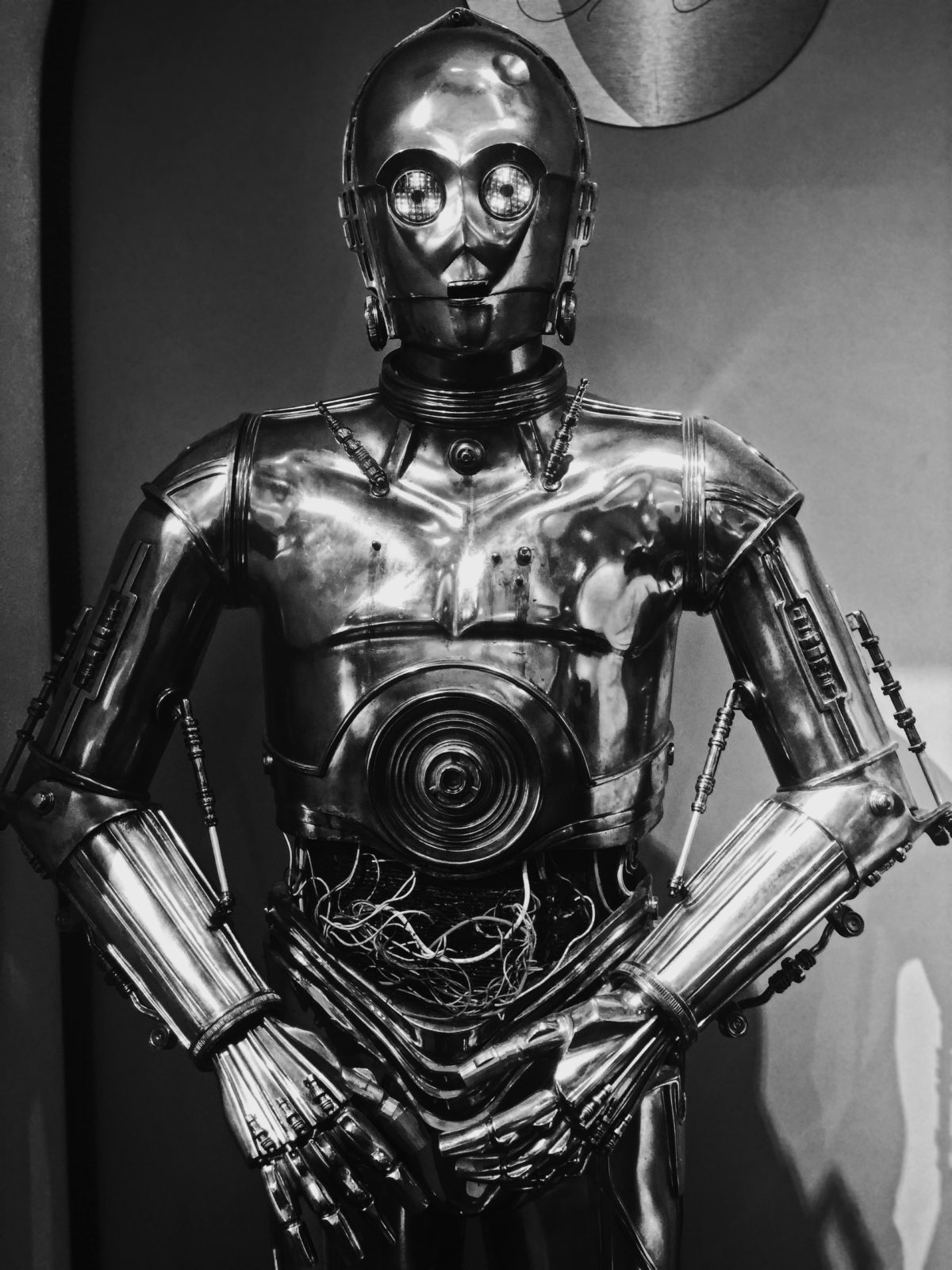“Any advanced technology is indistinguishable from magic”
Arthur Clarke, screenplay writer of the iconic movie 2001: A space odyssey.
The “magic” of technology has enchanted me since I was a child. So when the time came to pursue a bachelor’s degree, it was only a logical implication – pun intended – for me to pick Computer Science (CS).
Fast forward a year, and I have had moments in which I have been so starstruck by my learnings that it has shifted my paradigm about technology.
I would like to share 3 of these “realizations” today.
#1: Computer Science is not just programming
Like most people, my idea of a Computer Science Student was akin to the stereotypical hackers portrayed in movies: relentlessly programming all day in a dark room.
Although there were moments during the course that required me to fit this stereotype, the occurrences were few and far between my expectations.
In reality, much of my time was dedicated to understanding technical theories such as network interfaces, big O notation, logic, and hardware.
The amount of time spent doing math in binary was far more than I expected…
Needless to say, those who approached this course with the idea of learning simple code and earning some quick cash were VERY disappointed.
In the words of one of my professors, Thilo Kielman,
“Any programmer can code on the computer, but a great programmer will know why and how the code works on the computer.”
As I stopped associating code with this course, I came to my second realization:
#2: The deep rabbit hole of Computer Science
Leo Tolstoy once said,
“Do not fear the lack of knowledge, fear false knowledge.”
Like Tolstoy’s words, my understanding of computer science was bound by its synonymousness with coding – this was fake knowledge.
Once I accepted my lack of knowledge, I was finally invited to explore the rabbit hole of Computer Science.
It was during this time that I finally realized the gargantuan depth of this discipline.
The only way for me to describe this vastness is via an example.
For you to access this blog page, the following “layers” have had to be developed and implemented:

However, the fun does not stop here.
Each layer has sub-layers. Below is a breakdown of the “physical layer”:

There is no need to understand what these sub-layers are. However, just know that people have dedicated their entire lives to studying and improving a singular sub-layer.
Also, consider that all this is just to facilitate my blog page transfer to your computer. The subsequent steps of your computer processing and displaying the pages have their own layers of complexity.
My final big realization came during a course on Artificial Intelligence. It was during this course that I grasped:
#3: Artificial Intelligence will change the world
At this stage, everyone has probably heard a statement similar to the above.
However, how many people have actually seen artificial intelligence (AI) work its magic?
Have a look at the clip below at something my friends and I made:
If you cannot understand what is happening, let me summarize. We have created a robot that can automatically classify any object into the type of trash group it belongs to.
A plastic water bottle will be classified as plastic waste.
Orange peel will be classified as organic waste.
Cardboard will be classified as paper waste.
Due to time constraints, we could not add an actuator – robotic arms that physically separate the trash. If we had unlimited time, our vision was as follows:
Our simple project and the above video illustrate how powerful AI is.
In fact, earlier this month, Blake Lemoine, a recently suspended senior engineer at Google, came public about how the AI systems at Google have become sentient. He says,
“A very intelligent person, intelligent in pretty much every discipline I could think of to test it in.”
The technology world waits in deep anticipation as experts try to see if Lemoine’s statements are valid.
And when one decides to delve further into futurist AI concepts such as singularity, one cannot help but feel a mix of unbound excitement and crippling fear for the future.
To wrap up, these were my 3 lessons in Computer Science. If you want to explore more in this field, I would suggest reading Code: The Hidden Language of Computer Hardware and Software by Charles Petzold.
Let me bid farewell with a quote from Alan Turing, the founding father of Computer Science:
“We can only see a short distance ahead, but we can see plenty there that needs to be done.”
